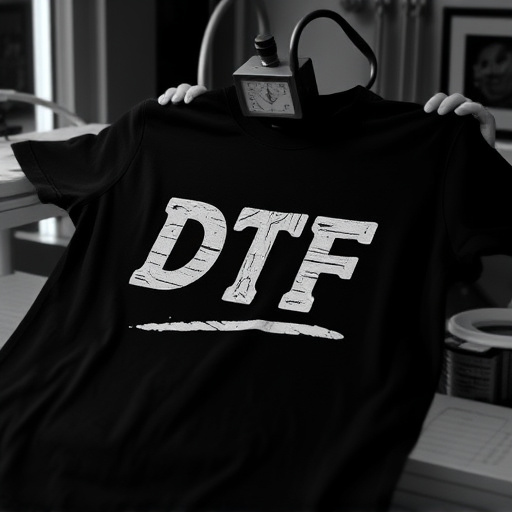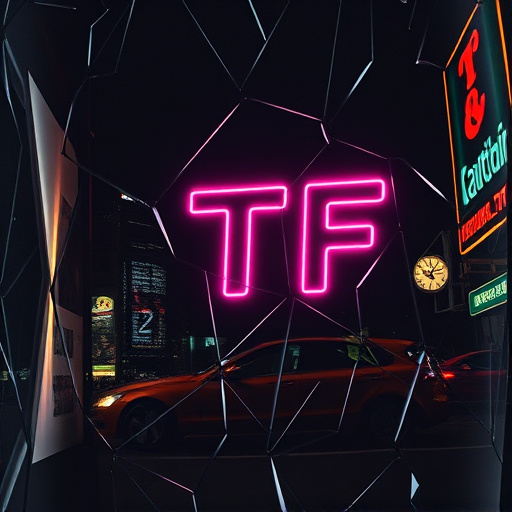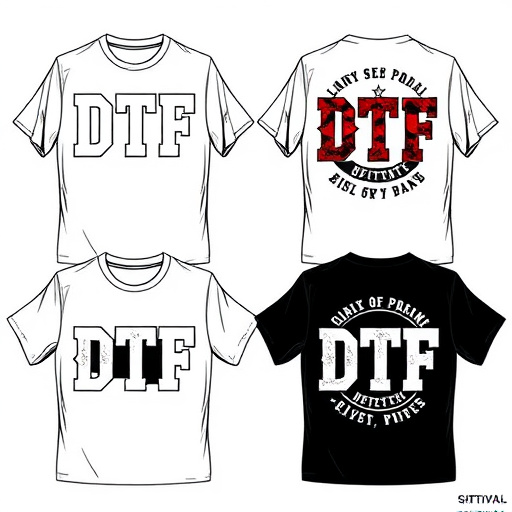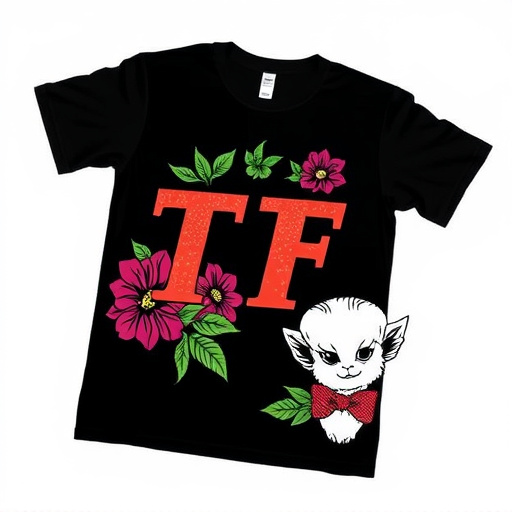The DTF (Direct to Fabric) custom apparel market is rapidly evolving towards sustainability in 2025, driven by consumer demand for eco-friendly clothing. By eliminating traditional cut-and-sew methods and embracing digital technology, DTF printing offers a more sustainable and accessible approach. Innovations like UV DTF transfers provide vibrant, durable designs with minimal waste, making it a popular choice for brands prioritizing both style and environmental responsibility. This shift challenges creators to develop fashionable, eco-aligned products, revolutionizing the industry and contributing to a greener future while appealing to customers seeking unique, high-quality garments.
The DTF custom apparel market is poised for a significant evolution in 2025, driven by a fusion of sustainability, personalization, and technology. As consumers increasingly demand eco-friendly options, brands are embracing sustainable DTF apparel through innovative materials and production methods. Personalization reaches new heights with advanced printing techniques like 3D printing and DTG, allowing for unique, hyper-individualized designs. Additionally, the integration of technology into DTF clothing, such as wearable devices and smart fabrics, promises a future where fashion meets functionality, creating interactive and adaptive garments tailored to individual needs.
- The Rise of Sustainable DTF Apparel:
- – Exploring eco-friendly materials and production methods.
- – Consumer demand for sustainable fashion and its impact on the market.
The Rise of Sustainable DTF Apparel:
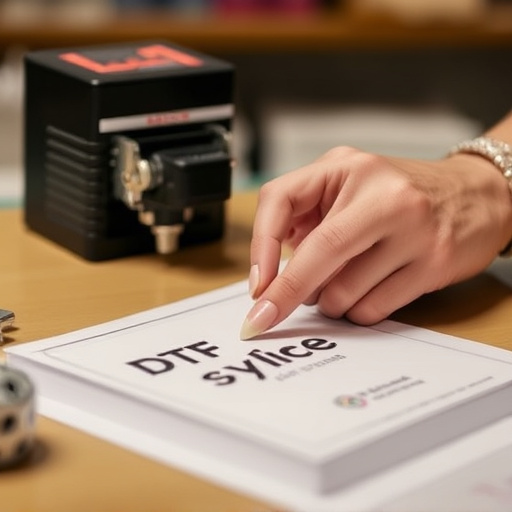
The DTF (Direct to Fabric) custom apparel market is experiencing a significant shift towards sustainability in 2025. Environmental concerns are driving consumer demand for eco-friendly clothing options, and DTF printing methods offer an ideal solution. By eliminating the need for intermediaries like cut-and-sew manufacturers, DTF small orders allow brands to produce garments with minimal waste, making it a more sustainable approach compared to traditional garment production. This trend is set to gain momentum as consumers become increasingly conscious of the environmental impact of their fashion choices.
Additionally, the rise of digital technology has made it easier than ever to create and order custom apparel using tools like gang sheet builders. These platforms streamline the design process, enabling businesses to quickly produce durable prints on a variety of fabrics. With these innovations, DTF custom apparel is not only becoming more popular but also more accessible and environmentally responsible, ensuring that fashion trends in 2025 are both stylish and sustainable.
– Exploring eco-friendly materials and production methods.
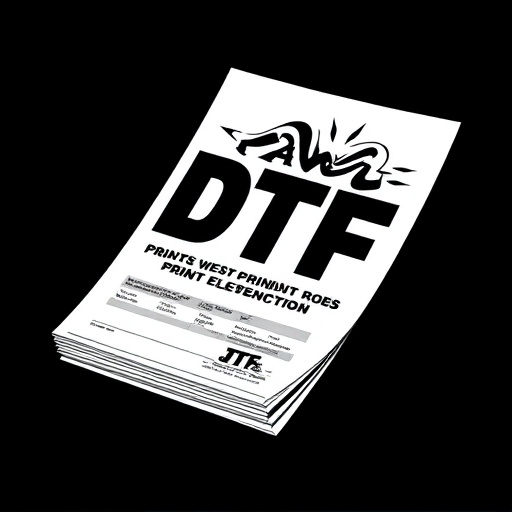
The DTF Custom Apparel market is witnessing a significant shift towards eco-friendly practices in 2025. Consumers are increasingly demanding sustainable options, and manufacturers are responding with innovative solutions. Using environmentally conscious materials and production methods not only caters to this demand but also offers long-lasting benefits for both businesses and the planet. From organic fabrics to recycled inks, these approaches reduce the industry’s carbon footprint without compromising on quality or aesthetics. For instance, UV DTF transfers allow for vibrant designs while ensuring minimal waste and enhanced durability, making it a popular choice among brands prioritizing both style and sustainability.
This trend towards eco-friendliness is not just a passing fad but a fundamental change in consumer behavior and industry standards. As the market continues to evolve, DTF Custom Apparel creators are challenged—and empowered—to develop products that are not only fashionable but also aligned with modern values. By embracing these sustainable practices, businesses can stay ahead of the curve, appealing to environmentally conscious consumers while contributing to a greener future.
– Consumer demand for sustainable fashion and its impact on the market.
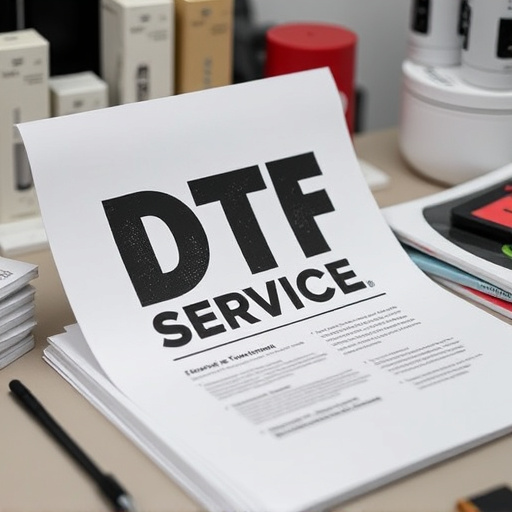
As we look ahead to 2025, the DTF custom apparel industry is poised for significant growth, driven by a shift towards sustainable practices. The rise of eco-friendly materials and production methods, fueled by consumer demand for greener fashion options, promises to reshape the market. By embracing innovative, sustainable solutions, DTF apparel brands can meet the evolving expectations of conscious consumers while staying ahead in this dynamic sector.








